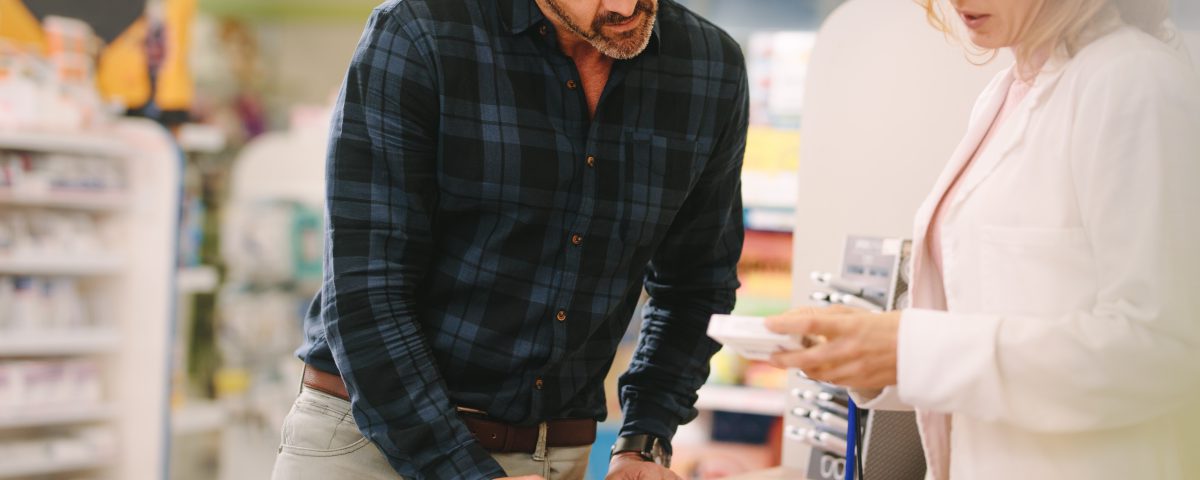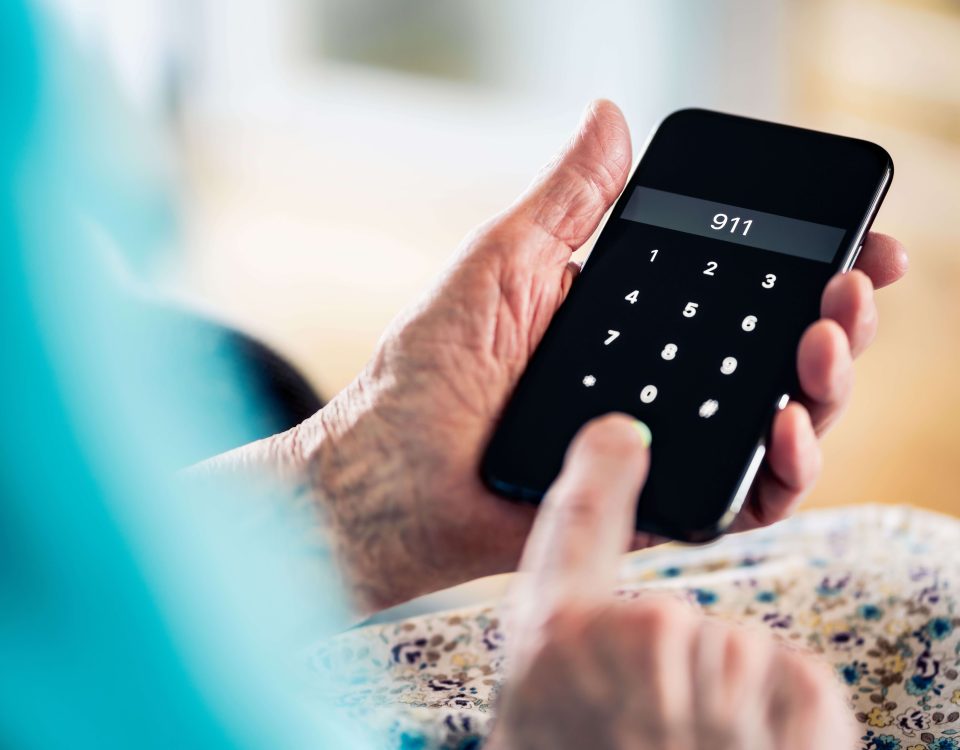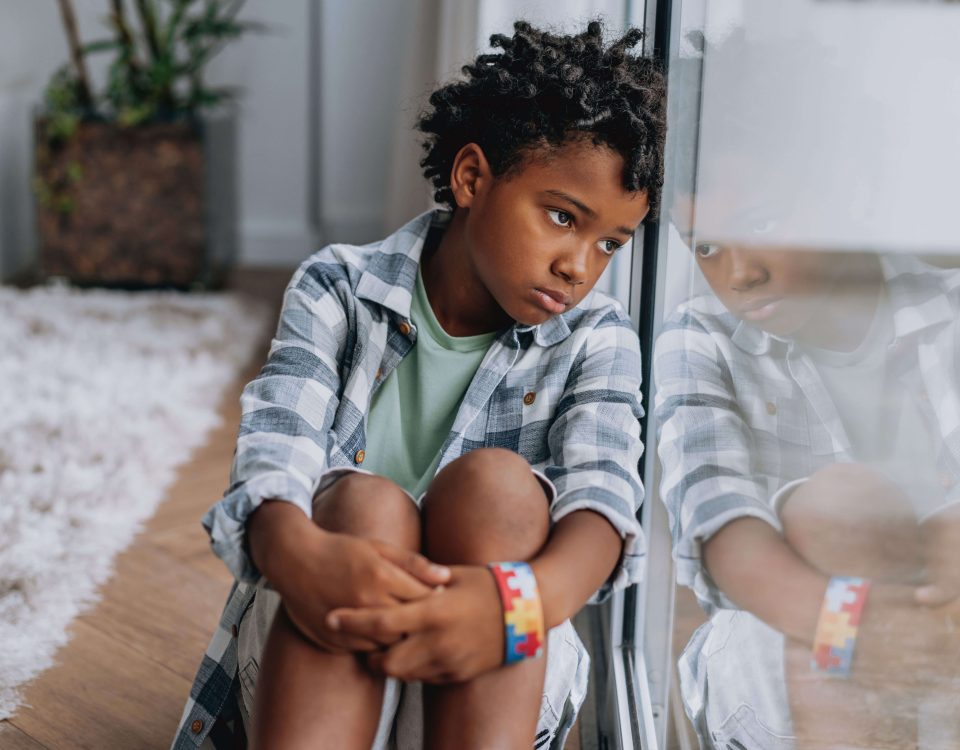- Have any questions?
- 412-123-4567
- noreply@upmc.com
What Is Naloxone?

What Is Naloxone?
In the event someone experiences an opioid overdose, naloxone is a life-saving drug that reverses the effects of opioids.
An opioid overdose can happen if a person has overloaded their body with medications or illicit drugs, or a combination of opioids and other medications, drugs, or alcohol.
How Does Naloxone Work?
The National Institute on Drug Abuse explains that naloxone is an opioid antagonist drug, which temporarily stops the effects of opioids. Naloxone is only effective when there are opioids in the body, and comes in multiple forms, including:
- Intramuscular
- Injectable syringe
- Auto-injector
- Intranasal
- Intranasal atomizer kit
- Pre-packaged nasal spray (Narcan®)
How Can I Obtain Naloxone?
There are many ways to obtain naloxone, including both with or without a prescription from a doctor. The Substance Abuse and Mental Health Services Administration (SAMHSA) notes that candidates for naloxone use may include:
- Drug users experiencing an emergency overdose
- Patients taking opioid pain medication short term and long term for chronic pain
- Patients recently released from emergency medical care for opioid intoxication
- Patients completing mandatory opioid detoxification programs
How to Administer Naloxone
More than half of U.S. states, including Pennsylvania, have a standing order. A standing order is a public prescription allowing family members, friends, and members of the community to obtain and administer naloxone in the event of witnessing an overdose.
If you suspect someone has overdosed, naloxone can save his or her life. However, even if you have access to naloxone, you should call or have someone call 911 immediately. Here are some of the most common symptoms of an overdose:
- Unresponsive or unconscious
- Gasping, snoring, or no breathing at all
- Shallow or slow breathing
- Blue lips and blue fingertips
- Clammy skin
In the event of an overdose, naloxone should be administered as soon as possible, ideally within two to three minutes if available. Emergency personnel, a family member, friend, or stranger can administer naloxone. If naloxone is not available, you can still support the individual until first responders arrive, including moving the person onto his or her side to prevent choking.
Note that most states have enacted Good Samaritan laws, which may offer protection for those who report an overdose in good faith, even if criminal activity is involved. These laws encourage members of the community, family members, and friends to call 911 in the event of witnessing an overdose. This law offers criminal and civil protections, so the witness can contact authorities on behalf of overdosed individual.
More Information on Opioid Addiction, Overdoses, and Naloxone
- If you are someone you know is suffering from a substance abuse disorder, please call the Get Help Now Hotline at 1-800-662-HELP (4357) for more information about treatment resources.
- To learn more about UPMC’s programs, contact the UPMC Center for Opioid Recovery or UPMC Addiction Medicine Services.
- More information on naloxone can also be found on the Allegheny County website.
Sources
- https://stopoverdose.org/section/learn-about-naloxone/#:~:targetText=Naloxone%20can%20be%20sprayed%20into,to%20learn%20more%20about%20it.&targetText=All%20of%20the%20naloxone%20products%20available%20are%20similarly%20effective%20against%20opioid%20overdose
- https://naloxoneautoinjector.com/
- https://www.health.pa.gov/topics/disease/Opioids/Pages/Naloxone.aspx
- National Institute on Drug Abuse, Opioid Overdose Reversal with Naloxone
- Substance Abuse and Mental Health Services Administration, Naloxone
- The Network for Public Health Law, Legal Interventions to Reduce Overdose Mortality: Naloxone Access and Overdose Good Samaritan Laws
- Prescription Drug Abuse Policy System



